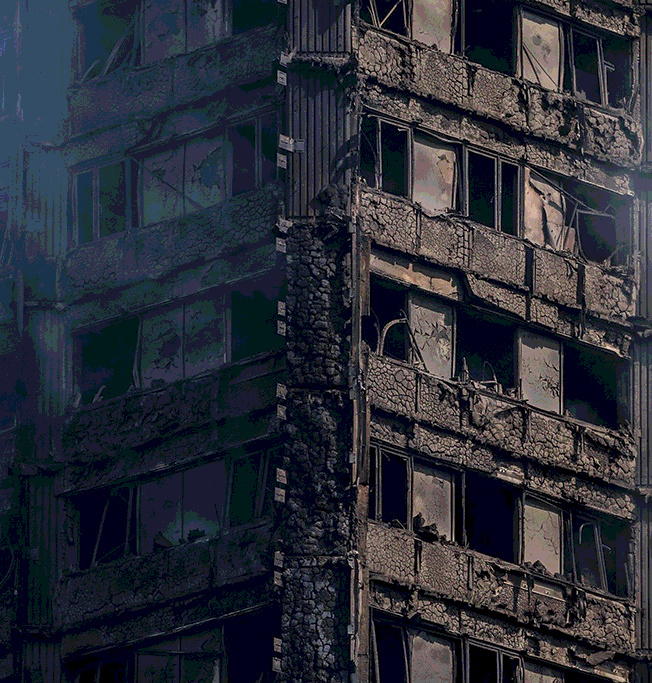Experts issue shorter warning
 An Australian fire safety group says smaller buildings with combustible cladding could be even more vulnerable than high rises.
An Australian fire safety group says smaller buildings with combustible cladding could be even more vulnerable than high rises.
Safety fears have been raised around the world after London’s tragic Grenfell Tower fire, which left an estimated 79 people dead.
While various Australian agencies have launched building safety audits in the wake of the disaster, Fire Protection Association Australia chief Scott Williams says the risks are not limited to tall buildings.
Mr Williams says buildings shorter than 25 metres carry their own risks, because they are not required by law to have sprinkler systems or alarms monitored by fire services.
“You go and introduce to that flammable cladding and you have the most vulnerable building in Australia,” he said.
Mr Williams said low and medium-rise buildings were popular partly because they do not have to pay the costs of the expensive fire safety measures required for high rises.
“Developers say if I stay one centimetre under that height, then I can potentially save millions in the development costs because I don't need sprinklers,” he told the ABC.
The WA Building Commission agrees, expanding its state-wide audit of buildings with aluminium composite cladding to include some that are just two storeys high.
“The task of identifying which of the hundreds of high-rise buildings in WA have cladding attached is quite arduous and is likely to take some time,” the commission's acting executive director, Ian Munns said.
“The time it will take to complete the audit will depend on the number of buildings found to have cladding attached.”
Building ministers from around Australia have come together to commission a report into problems with compliance and enforcement of the National Construction Code, which determines how cladding is used.
Meanwhile, Queensland has given its building regulator stronger powers to investigate building products.








 Print
Print